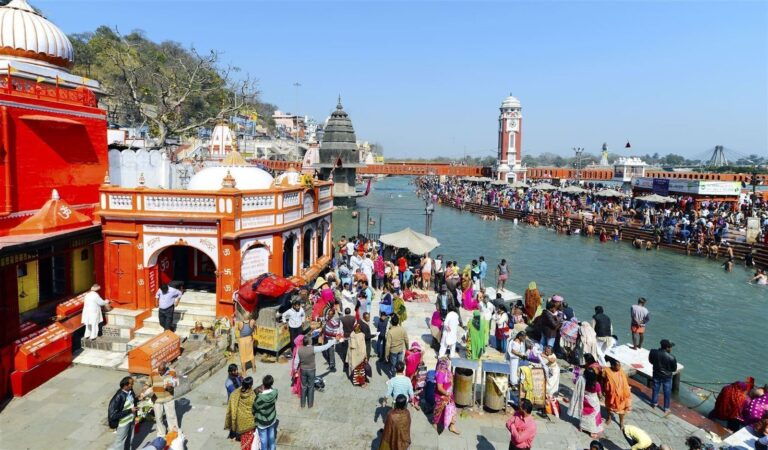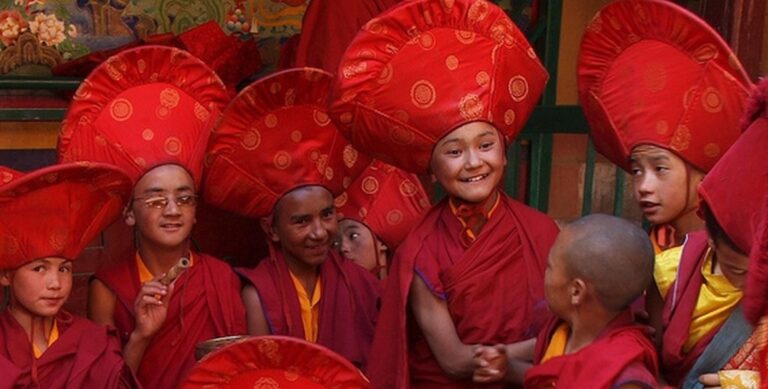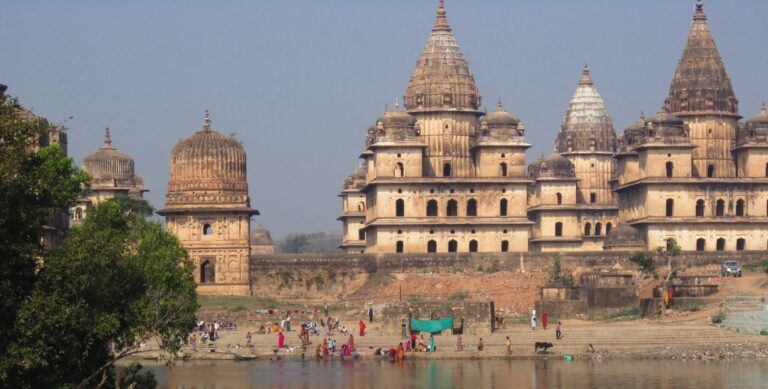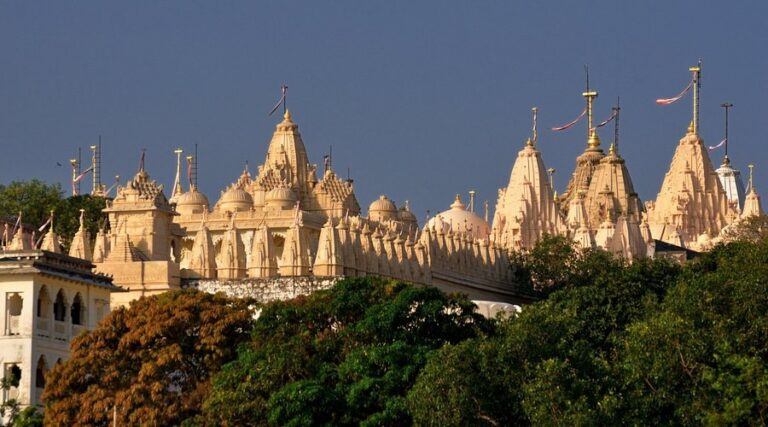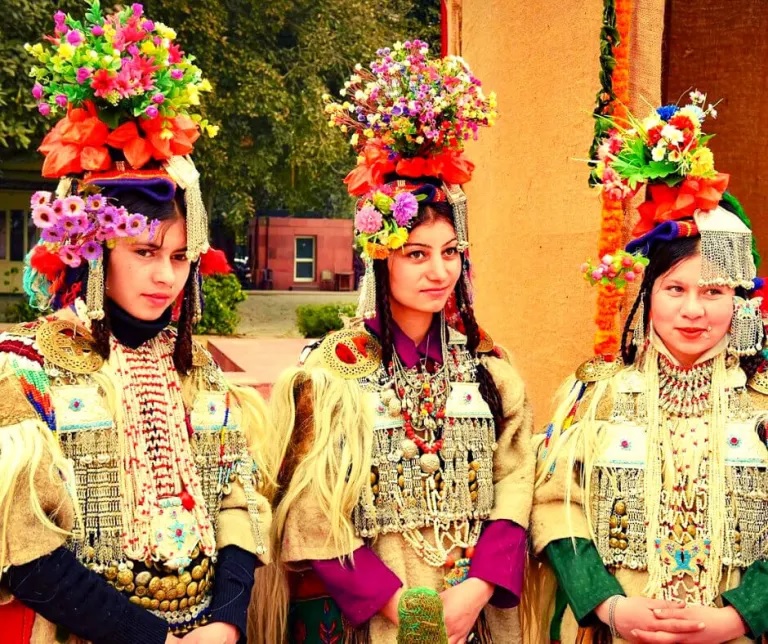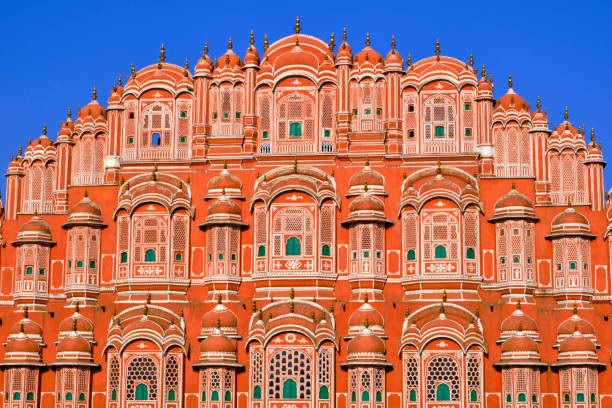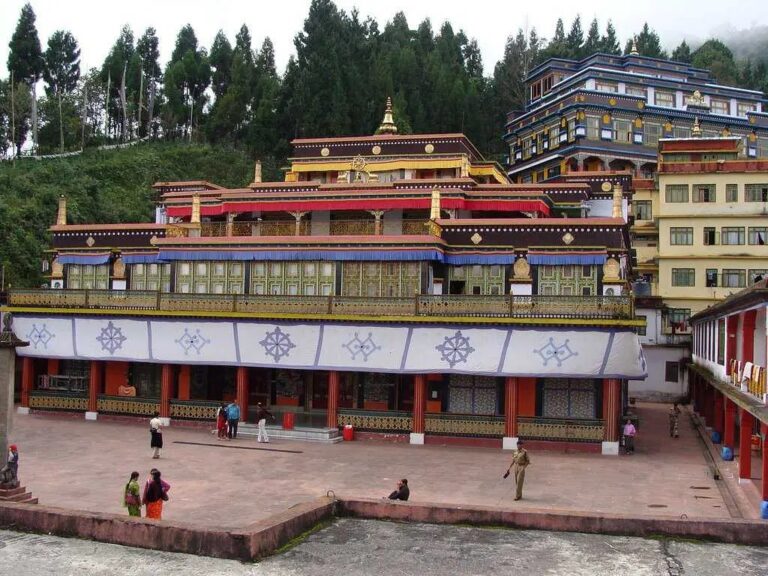
Gangtok – Capital city of Sikkim
The capital and largest city of the Indian state of Sikkim is the city of Gangtok, located in the southern foothills of the Himalayas. It is located at an altitude of about 1,800 meters and is home to about 40,000 people. It is also the most economically important place in

